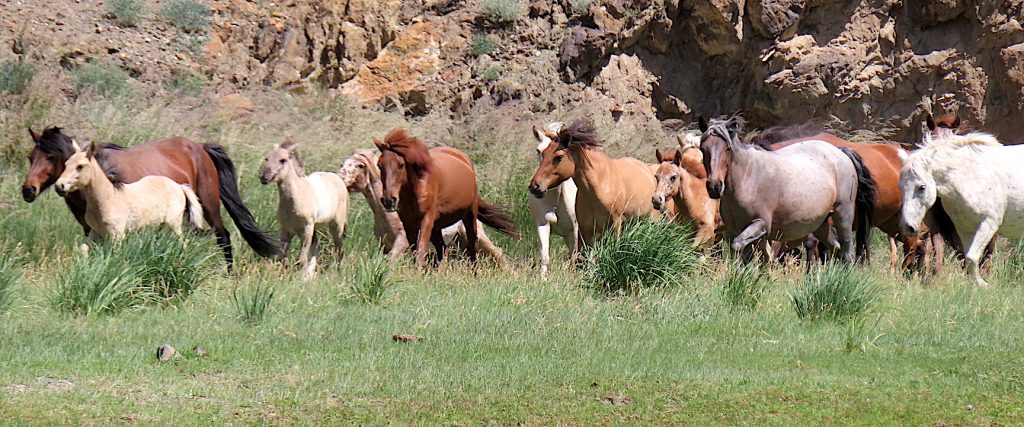
Since our first arrival to Sagsai, Mongolia, a town of roughly 5,000 where we would live for one month while teaching at the Khusvegi English & Nomadic Culture Camp, we were intrigued by a growing awareness of the number of rivers and bodies of water integral to this foreign land. Mid way through our stay in Sagsai we ran the Sagsai and Turgen rivers, but it was not until the close of the Khusvegi camp that we had time to run the Khovd river from Sagsai to Ulgii, a larger town of some 27,000 an hour drive over a saddle mountain road.
The locals told of how in the winter they driver their Toyota Prius on the Khovd from Sagsai to Ulgii and back again. Yes, a Prius! Keep in mind that every Prius is lifted, that is, a lift kit raises the clearance and larger, more versatile tires are added. It’s really quite something to see a Prius with more ground clearance than a Subaru. But when we said we wanted to paddle from Sagsai to Ulgii, we were told it was dangerous, and we should consider otherwise.
Fellow teachers Esther and Atina were keen on joining me and Colleen. We found a tour operator in Ulgii who rents inflatable row boats and provide PFDs. He’d drop off the boats in Sagsai and pick up again in Uglii, at the bridge on the west end of town. We attempted to make this work, but a combination of weather and end-of-camp celebrations made it difficult to get the timing. In the end, Colleen and I walked from our home stay to the river, inflated our Alpacka rafts, and launched.
The Khovd is the sixth longest river (516 km) in Mongolia, with its source being Khoton Lake, third in line from a body of glaciers in the Altai Mountains on the border with China. We learned that a local outfitter supports a float trip from Khoton Lake to Ulgii each year, about one week on the water. At Sagsai the Khovd is very wide, more than 100 meters across in places. But just after we launched from the grassy shore, goats, sheep, and cows looking on, we were immediately embraced by faster moving water as the canyon formed and flow increased accordingly.
The float reminded us of the San Juan river in Utah with rising volcanic formations and quick transitions from dense green along the water to grays, reds, blacks and browns increasing with distance from shore and a rise in elevation. As Colleen is almost always the first to spot wildlife (I affectionately call her “eagle eyes”) she didn’t disappoint. Less than twenty minutes from start she pointed to a high ridge line river-right where a mountain sheep with beautiful, curled horns moved, perfectly silhouetted against the morning light. I grabbed our Canon Powershot SX740, a fabulous compact with 40x optical zoom and incredible ability to macro-focus on its own lens. I held it as stable as is possible when sitting in a packraft on a moving body of water, but when I pressed the shutter nothing happened! I pressed again and again—nothing! Then I realized it was still in 10 second timer mode from our final shot on-shore. Argh!
The sheep was gone, but we were later rewarded with several mountain goats, horses, and even two herders who made their way into the canyon through a passage invisible from the river. We felt at home. It just felt right, to be moving with the water as only a human powered boat can move. Once you push off, there is no going back. Your choices are reduced to left or right, and when to eat a piece of left-over, cold pizza, between rapids. There is no making things happen. Flat water, rapids, sunshine or snow—you just keep going. You just flow.
We had been told it was a four to five hour float, but in just two and a half hours we could see the edge of the town of Ulgii, three hours from shore to shore. We took-out just before the bridge, downstream from a family who had erected a tent for the day. We had seen hundreds of people, over the course of our month in Mongolia, enjoying every body of water to which they could drive their Toyota Prius or SUV, or in some occasions, a UAZ 4×4. Sometimes a tent, sometimes just sitting on portable chairs. These are a people who know how to enjoy the outdoors, to cherish the green grass, the vast blue sky, and the cold, clear water at their feet.